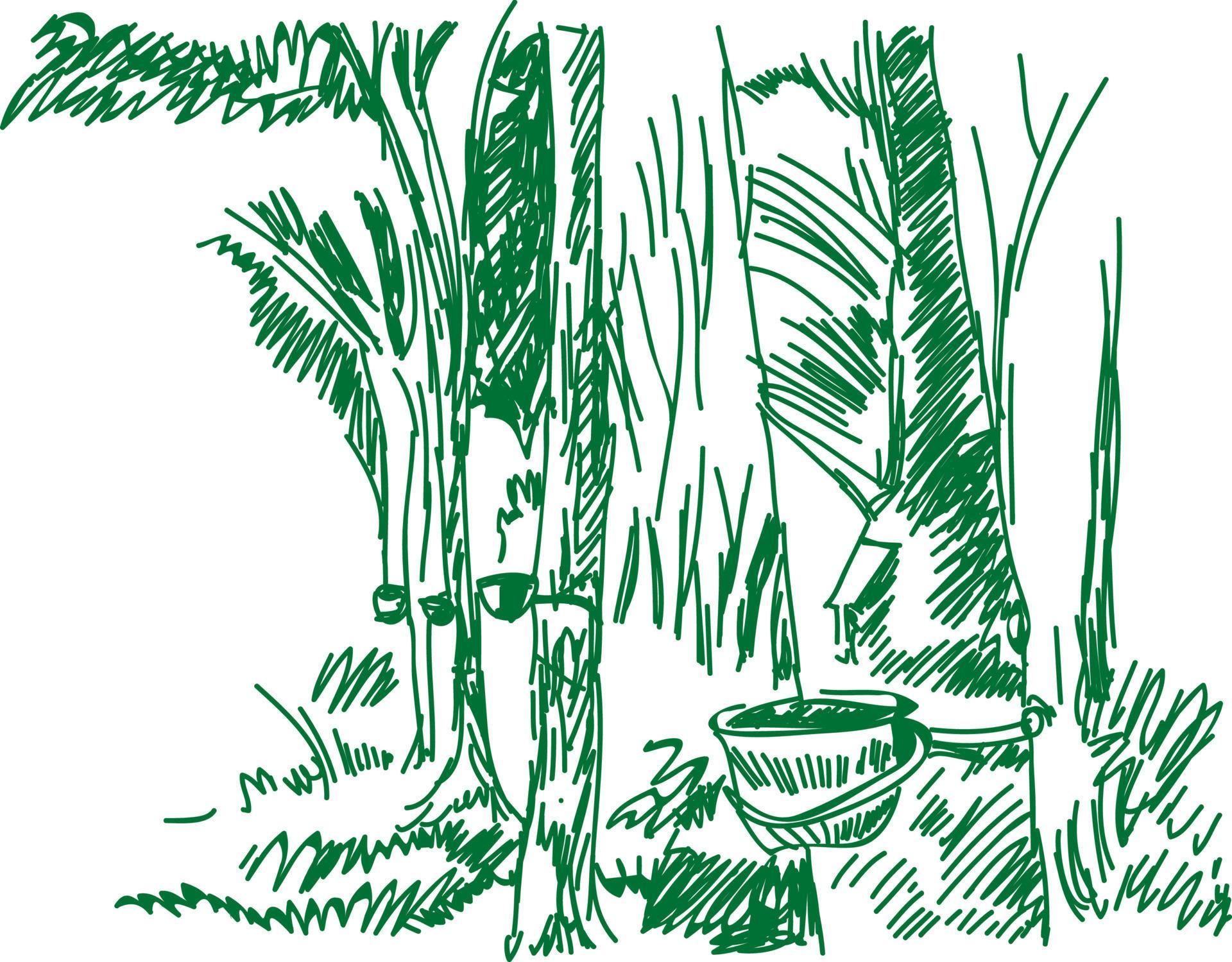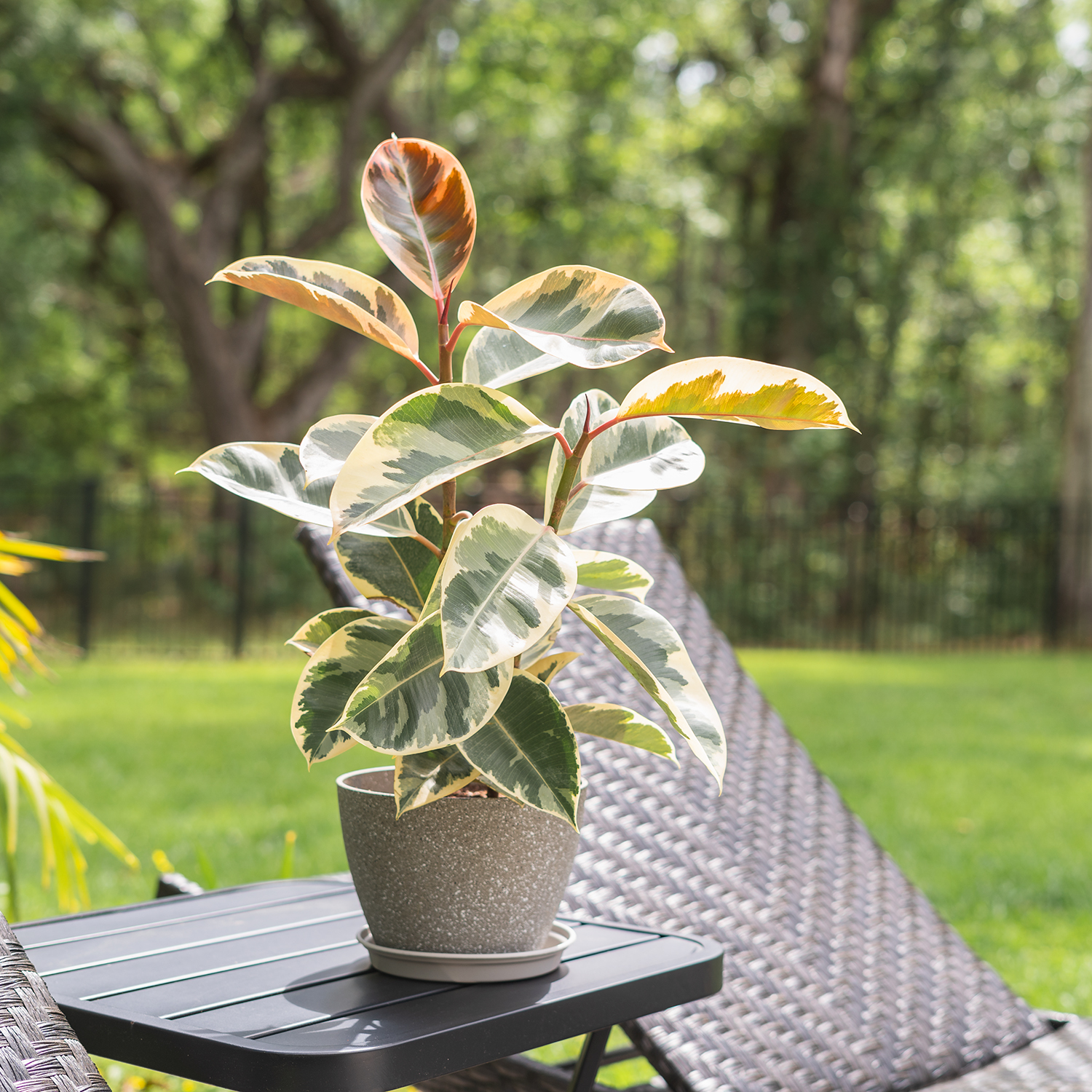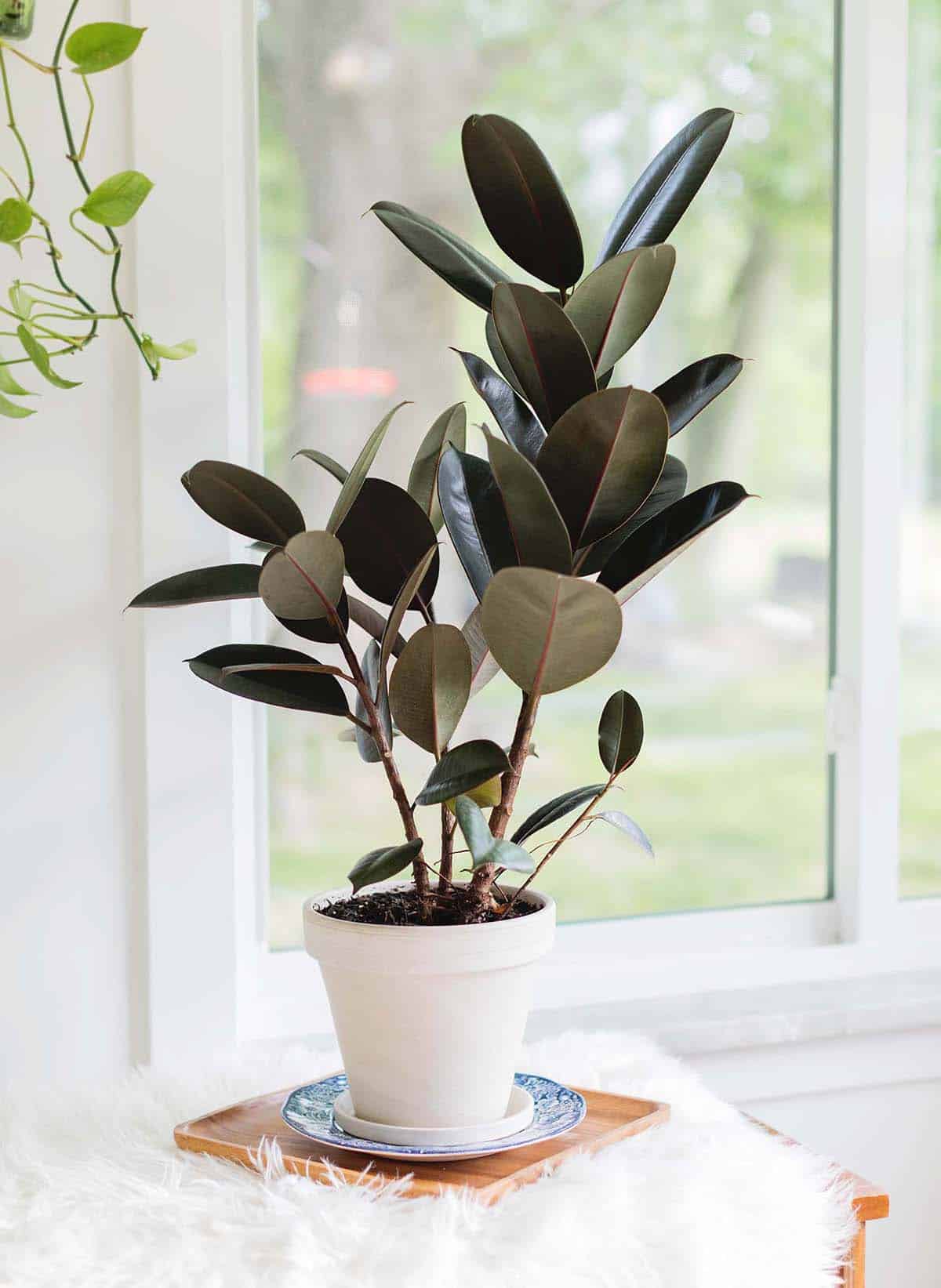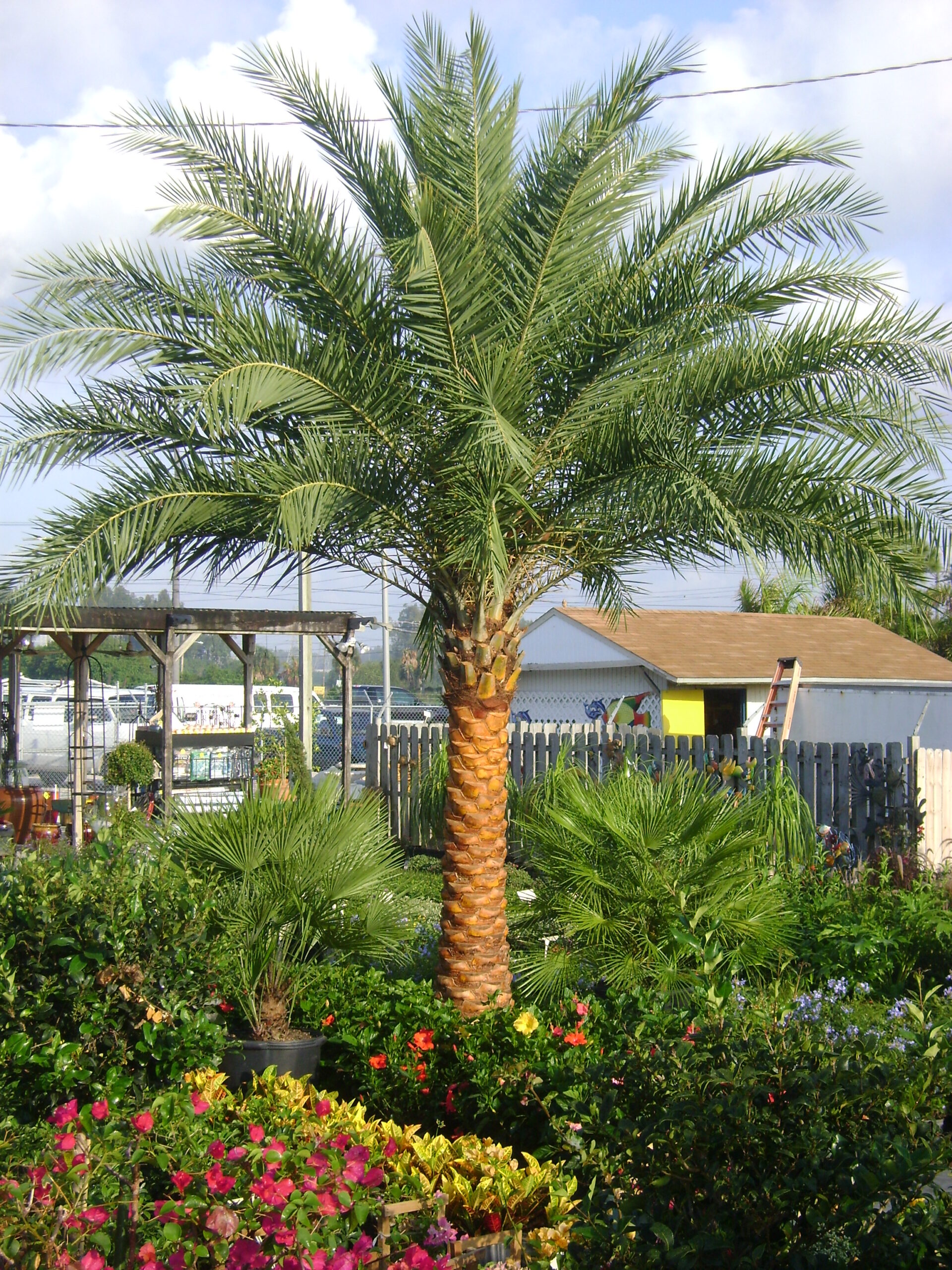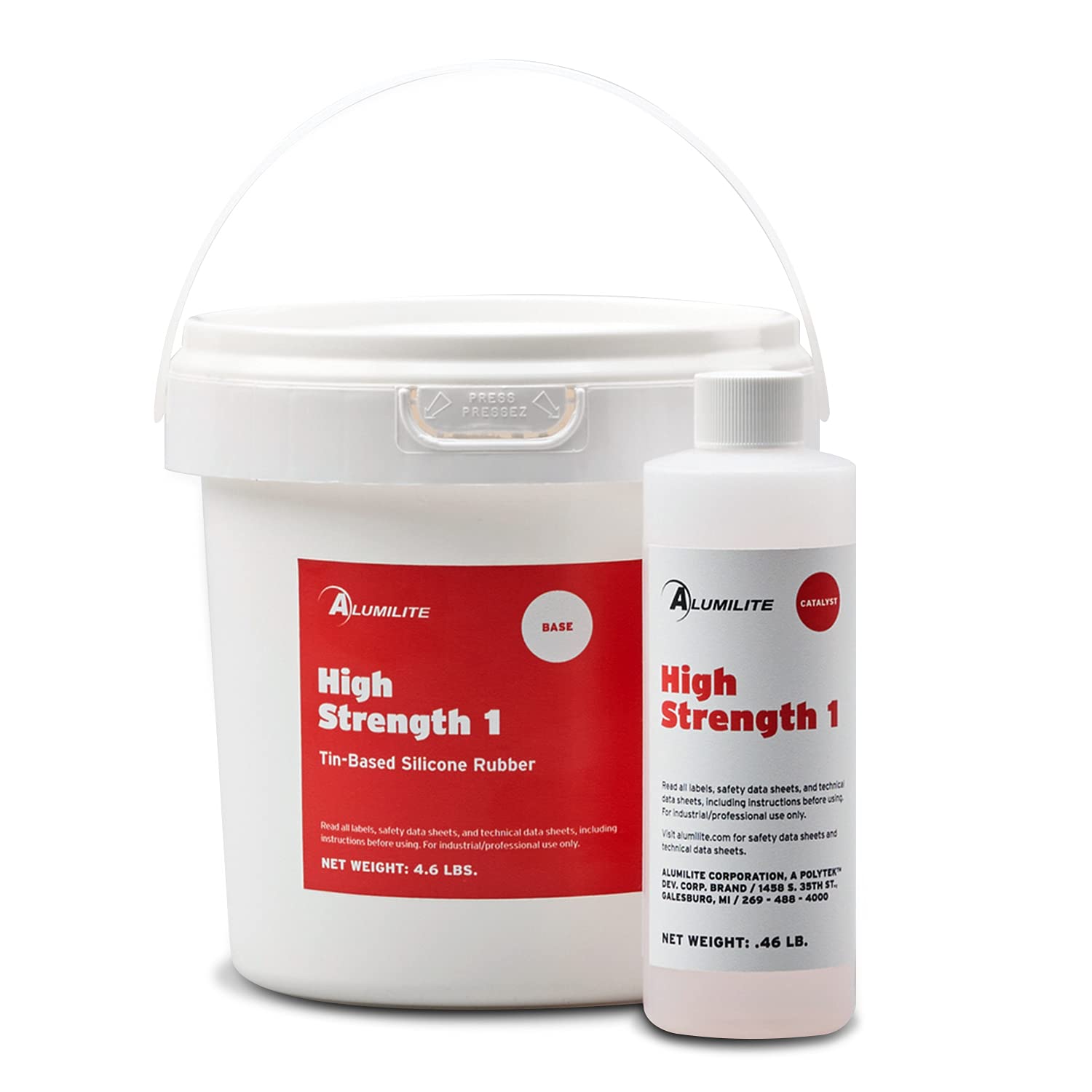Are you looking for the perfect ficus tree to add to your home or garden? With so many different ficus varieties available, it can be tough to know where to start. This comprehensive guide will provide you with everything you need to know about purchasing and caring for ficus trees, so you can find the perfect one for your needs and create a beautiful, thriving indoor or outdoor space.
Ficus Trees: A Perfect Addition to Your Home or Garden
Ficus trees are popular houseplants and landscape trees due to their ease of care, adaptability, and attractive foliage. They come in various sizes, shapes, and colors, so you can find the perfect one to fit your space and style. Whether you’re looking for a small tree for your apartment or a large tree for your backyard, there’s a ficus tree out there for you.

Find Your Perfect Ficus: 5 Things to Consider
When choosing a ficus tree, there are several factors to consider:
- Size: Ficus trees can range in size from small tabletop plants to large trees that can grow over 100 feet tall. Consider the space you have available and choose a tree that will fit comfortably.
- Shape: Ficus trees come in a variety of shapes, including upright, weeping, and bushy. Choose a shape that will complement your home or garden’s décor.
- Foliage: Ficus trees have beautiful foliage that comes in a variety of colors, including green, variegated, and burgundy. Choose a tree with foliage that you find attractive.
- Light requirements: Ficus trees need bright, indirect light to thrive. If you don’t have a lot of natural light in your home, you may need to supplement with artificial light.
- Watering needs: Ficus trees need to be watered regularly, but they don’t like to sit in wet soil. Allow the soil to dry out slightly between waterings.
The History and Myth of Ficus Trees
Ficus trees have a long and storied history, dating back to ancient times. They were considered sacred trees by the ancient Greeks and Romans, and they were often used in religious ceremonies. In some cultures, ficus trees were believed to be the abode of gods and spirits. Today, ficus trees are still popular symbols of peace and prosperity.
In addition to their religious significance, ficus trees have also been used for practical purposes for centuries. The latex from ficus trees can be used to make rubber, and the leaves can be used to make medicine. Ficus trees are also a popular food source for animals, and they can provide shade and shelter for wildlife.
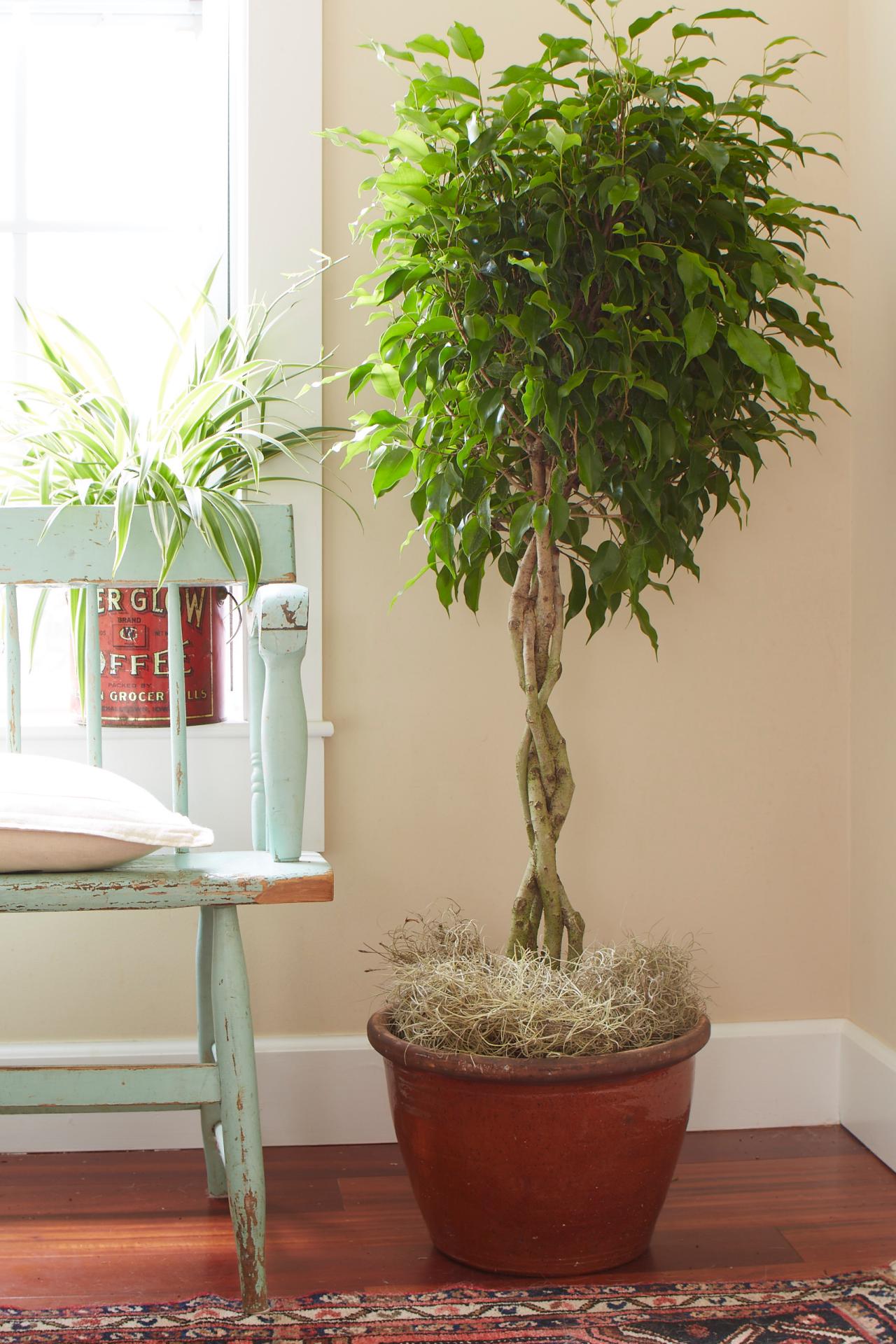
The Hidden Secret of Ficus Trees
Ficus trees are known for their ability to purify the air. They can remove harmful toxins from the air, such as formaldehyde, benzene, and trichloroethylene. This makes them a great choice for homes and offices, as they can help to improve indoor air quality.
In addition to their air-purifying abilities, ficus trees are also believed to have other health benefits. They can help to reduce stress, promote relaxation, and improve sleep. Ficus trees are also said to be good for feng shui, as they can bring positive energy into a space.
Recommendations for Ficus Trees
If you’re looking for a ficus tree to add to your home or garden, there are a few varieties that we recommend:
- Ficus elastica: Also known as the rubber tree, this is a popular choice for homes and offices due to its easy care and attractive foliage.
- Ficus benjamina: Also known as the weeping fig, this is a graceful tree with cascading branches and small leaves.
- Ficus lyrata: Also known as the fiddle-leaf fig, this is a trendy tree with large, violin-shaped leaves.
- Ficus pumila: Also known as the creeping fig, this is a small, vine-like tree that is perfect for covering walls or trellises.
:max_bytes(150000):strip_icc()/Bonsai-Ficus-Benjamina_GettyImages-860883758-20d2dcbeb0084f2187a0a5405bbf624b.jpg)
Tips for Growing a Healthy Ficus Tree
Ficus trees are relatively easy to care for, but there are a few things you can do to help them thrive:
- Provide bright, indirect light. Ficus trees need bright light to grow well, but they don’t like direct sunlight. Place your tree in a spot where it will receive plenty of indirect light.
- Water regularly. Ficus trees need to be watered regularly, but they don’t like to sit in wet soil. Allow the soil to dry out slightly between waterings.
- Fertilize monthly. Ficus trees benefit from monthly fertilization. Use a balanced fertilizer that is diluted to half strength.
- Repot as needed. Ficus trees will need to be repotted as they grow. Repot your tree every 2-3 years, or when the roots start to grow out of the bottom of the pot.
Troubleshooting Common Ficus Tree Problems
Ficus trees are generally low-maintenance plants, but they can sometimes develop problems. Here are a few common problems and how to solve them:
- Yellowing leaves: Yellowing leaves can be a sign of overwatering, underwatering, or nutrient deficiency. Check the soil moisture and fertilize the tree if necessary.
- Brown leaves: Brown leaves can be a sign of underwatering, sunburn, or root rot. Check the soil moisture and move the tree to a shadier location if necessary.
- Dropping leaves: Dropping leaves can be a sign of stress. Check the soil moisture, light conditions, and temperature, and make sure that the tree is not being overwatered or underwatered.
Fun Facts About Ficus Trees
Here are a few fun facts about ficus trees:
- Ficus trees are the largest genus of flowering plants, with over 850 species.
- The rubber tree is a type of ficus tree. The latex from the rubber tree is used to make rubber.
- The weeping fig is a type of ficus tree. The weeping fig is named for its cascading branches and small leaves.
- Ficus trees are often used as bonsai trees.
- Ficus trees are a popular food source for animals, including birds, monkeys, and bats.
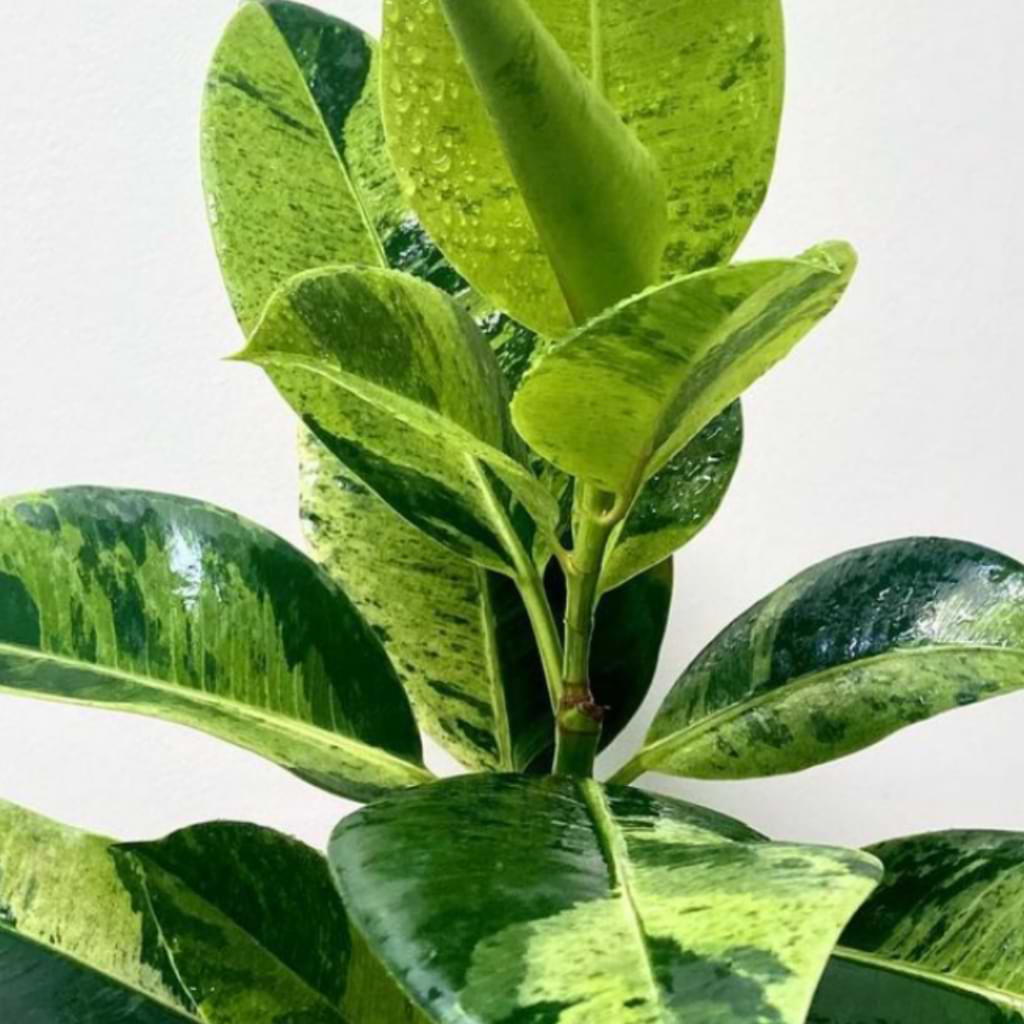
How to Find the Perfect Ficus Tree for You
If you’re not sure which ficus tree is right for you, there are a few things you can do to find the perfect one:
- Visit a local nursery or garden center. Nurseries and garden centers will have a variety of ficus trees to choose from. You can browse the selection and ask the staff for advice on which tree is right for you.
- Read online reviews. There are many online resources that can help you find the perfect ficus tree. Read reviews from other customers and compare different varieties before you make a decision.
- Ask your friends and family for recommendations. If you know someone who has a ficus tree, ask them for advice on which variety to choose and how to care for it.
What if You Can’t Find the Perfect Ficus Tree?
If you can’t find the perfect ficus tree, don’t worry. There are many other beautiful and easy-care plants to choose from. Here are a few suggestions:
- Snake plant: Snake plants are known for their hardiness and ability to tolerate neglect. They come in a variety of sizes and shapes, so you can find one that fits your space.
- ZZ plant: ZZ plants are another low-maintenance plant that is perfect for beginners. They can tolerate low light and infrequent watering.
- Peace lily: Peace lilies are known for their air-purifying abilities. They come in a variety of sizes and colors, so you can find one that fits your style.
Question and Answer
Here are a few frequently asked questions about ficus trees:
- Q: How often should I water my ficus tree?
A: Water your ficus tree when the soil is dry to the touch. Avoid overwatering, as this can lead to root rot. - Q: How much light does my ficus tree need?
A: Ficus trees need bright, indirect light. Avoid placing your tree in direct sunlight, as this can scorch the leaves.
